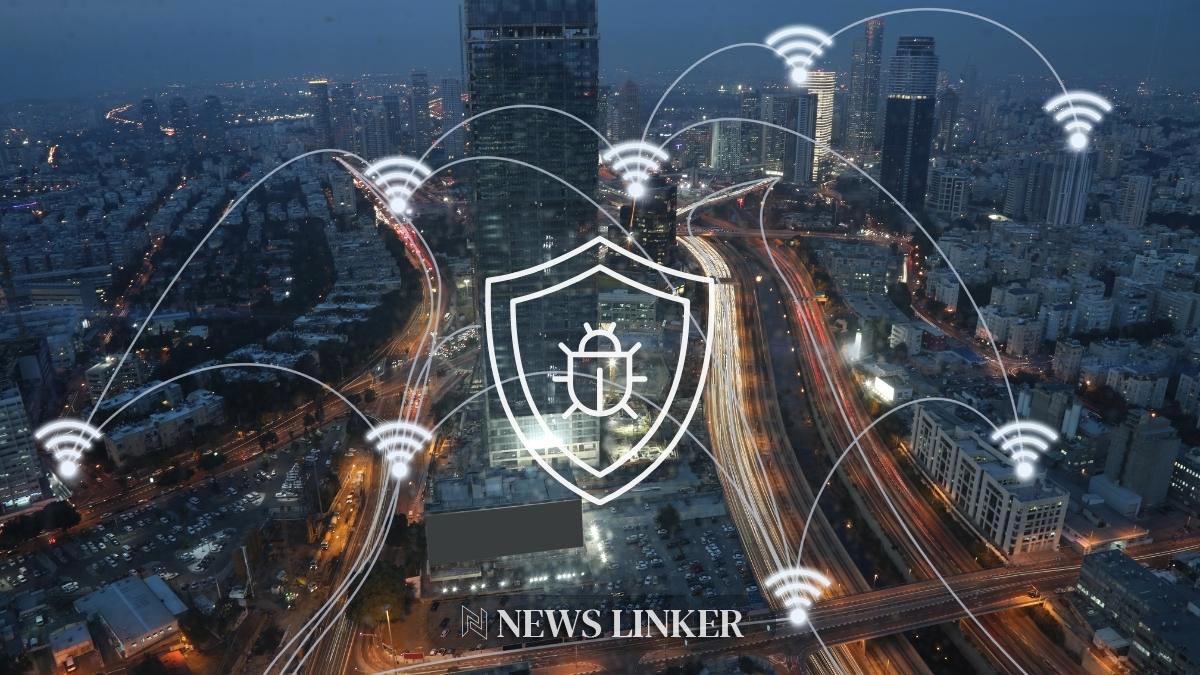The MITRE Corporation, a prestigious entity supporting U.S. government research, recently faced a significant cyber intrusion. This breach targeted one of its internal research networks, raising concerns about the security of national research organizations. The attackers, identified as the Chinese threat actor group UNC5221, strategically exploited vulnerabilities in Ivanti Connect Secure VPN appliances, signaling a well-coordinated effort to undermine a critical infrastructure.
Investigations into cyberattacks often reveal patterns that can help predict and prevent future incidents. In the past, similar breaches have occurred where adversaries exploited zero-day vulnerabilities, a method also seen in this MITRE breach. Comparing these incidents, a recurring theme is the targeting of infrastructural backbones such as VPNs, which are critical for secure communication channels in organizations. These breaches not only expose the immediate data but also potentially compromise the broader network systems associated with these organizations.
Moreover, historical data shows a trend where once a vulnerability is exploited, it often leads to a series of similar attacks before a comprehensive patch or security update can be deployed industry-wide. In the MITRE case, the attackers installed webshells and backdoors after exploiting the network, which is a common tactic for maintaining persistent access to the compromised network. This method has been observed in other incidents, emphasizing the need for continuous monitoring and rapid response strategies in cybersecurity protocols.
What Tactics Did the Intruders Use?
Through meticulous reconnaissance, the attackers identified vulnerable Ivanti appliances, subsequently breaching MITRE’s Networked Experimentation, Research, and Virtualization Environment (NERVE) network using two critical vulnerabilities. These flaws allowed authentication bypass and arbitrary command execution, vital for the attackers to gain and expand their foothold within the network.
How Did MITRE Respond?
Post-detection, MITRE’s cybersecurity team swiftly activated their incident response protocols to mitigate the breach. Despite the breach’s sophistication, the organization confirmed that its NERVE network, which remains separate from its operational networks, contained unclassified research. This separation crucially kept their main operational frameworks secure from the attackers.
Valuable Inferences from the Breach:
- Early detection and rapid response are crucial in minimizing the impact of a breach.
- Separation of networks can prevent lateral movements of attackers.
- Continuous updates and patches are essential for network security appliances.
MITRE is collaborating with federal law enforcement to trace back to the perpetrators and plans to share their insights with the cybersecurity community to bolster defenses against such sophisticated attacks. The incident underscores the perpetual threat from nation-state actors and encapsulates the pressing need for robust cybersecurity defenses, even for entities like MITRE that embody high security standards. As technology evolves, so do the tactics of cyber adversaries, making it imperative for organizations to stay ahead in their security practices.










